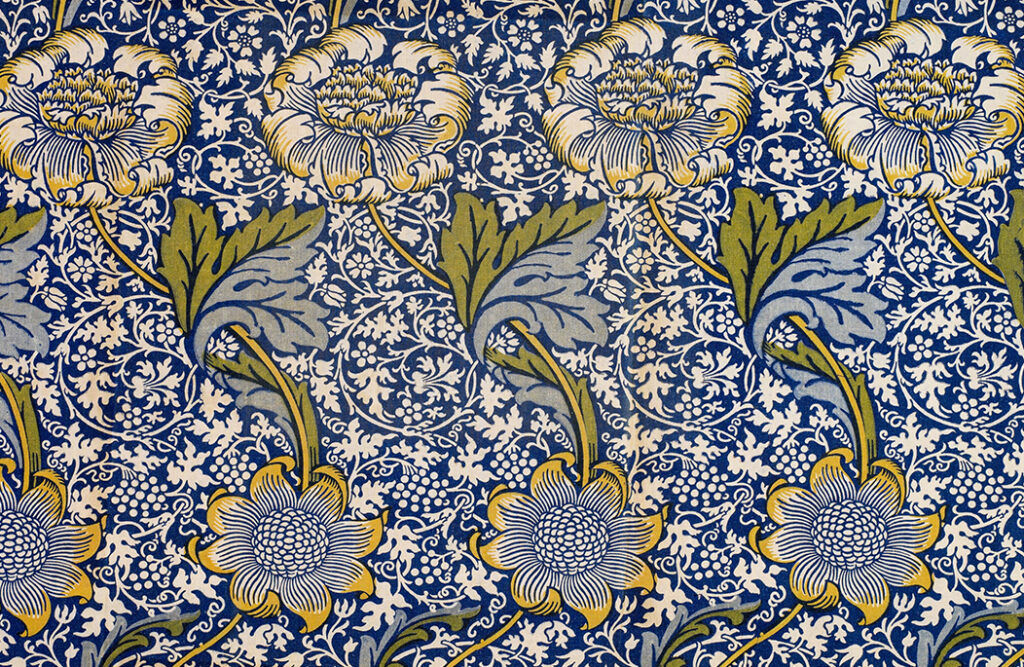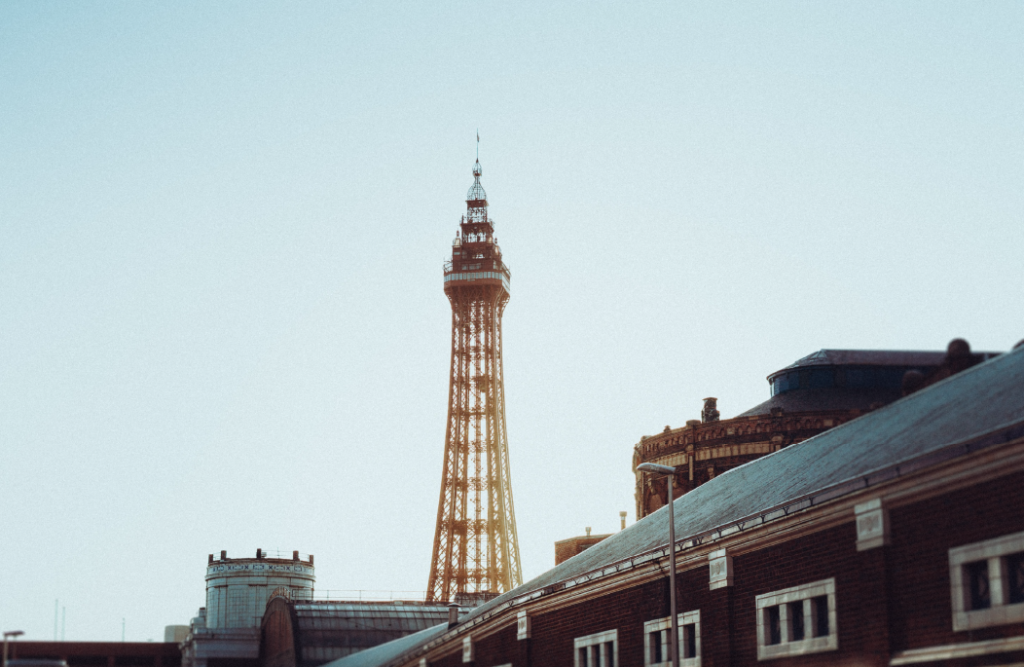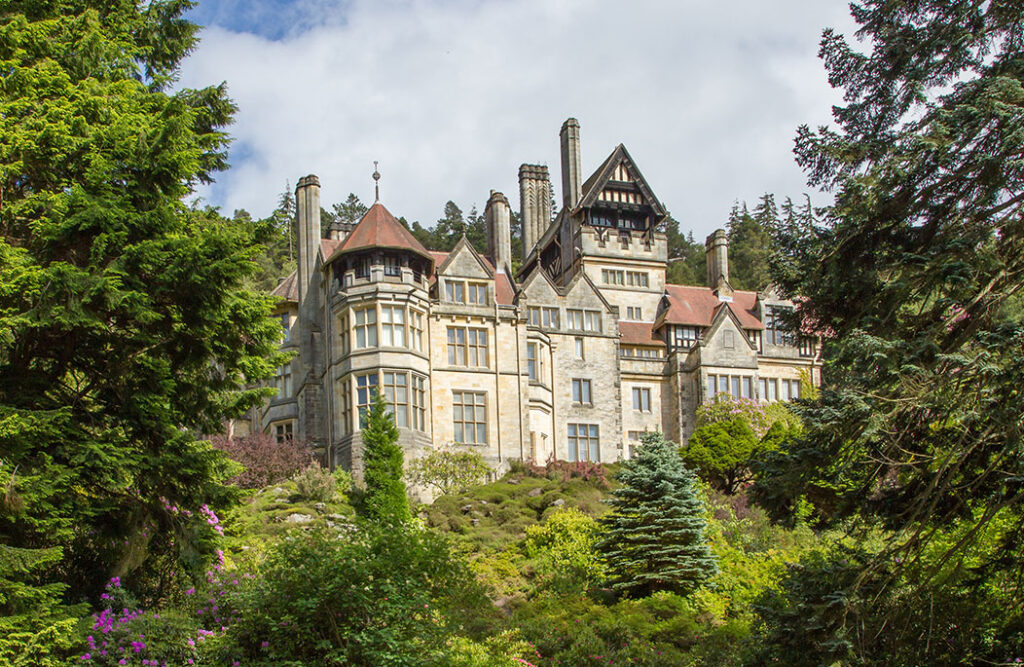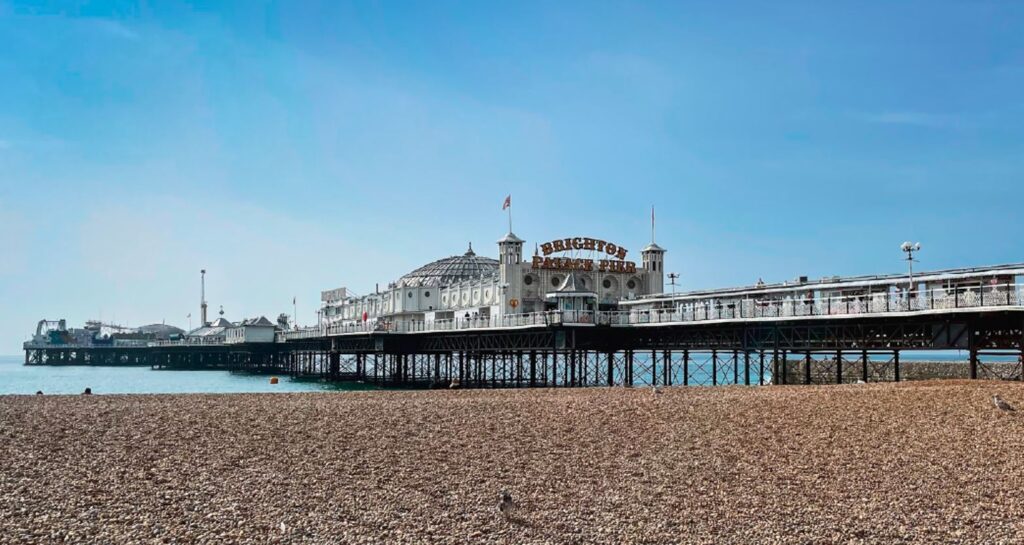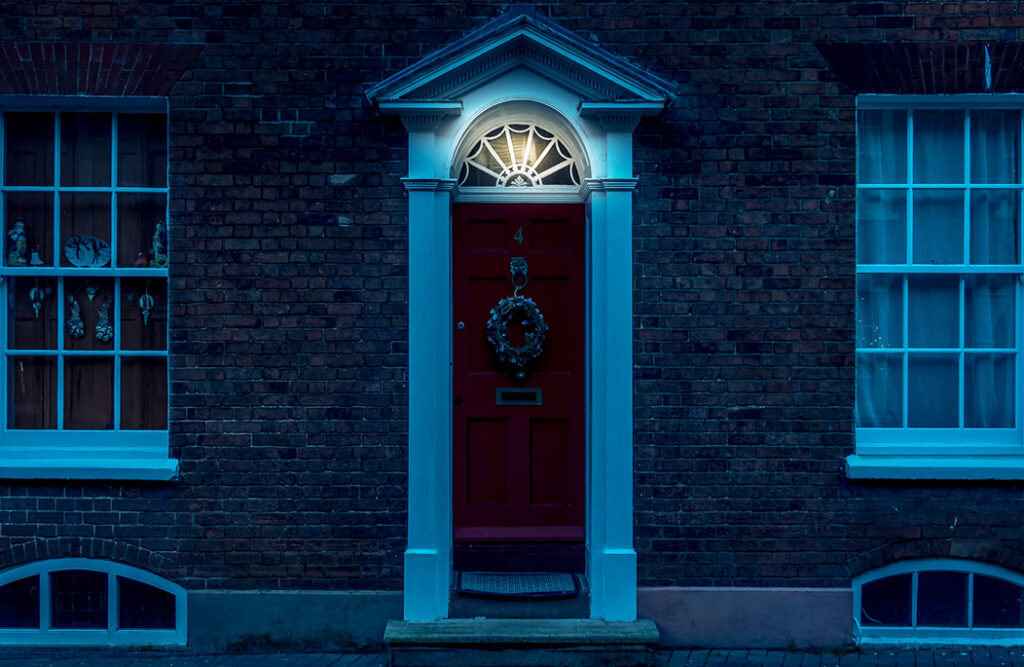Over 125 years have passed since the death of William Morris, who was possibly the greatest designer, innovator and artistic influencer of the Victorian era.
William Morris truly was a man of many talents. As well as being a luminary of the Victorian Arts and Crafts Movement, he was an accomplished poet, novelist, translator, and socialist activist who left an indelible thumbprint on all aspects of life in Victorian Britain.
He was a major contributor to the revival of traditional British textile arts and methods of production. His literary contributions helped establish the modern fantasy genre and played a significant role in promoting the socialist movement.
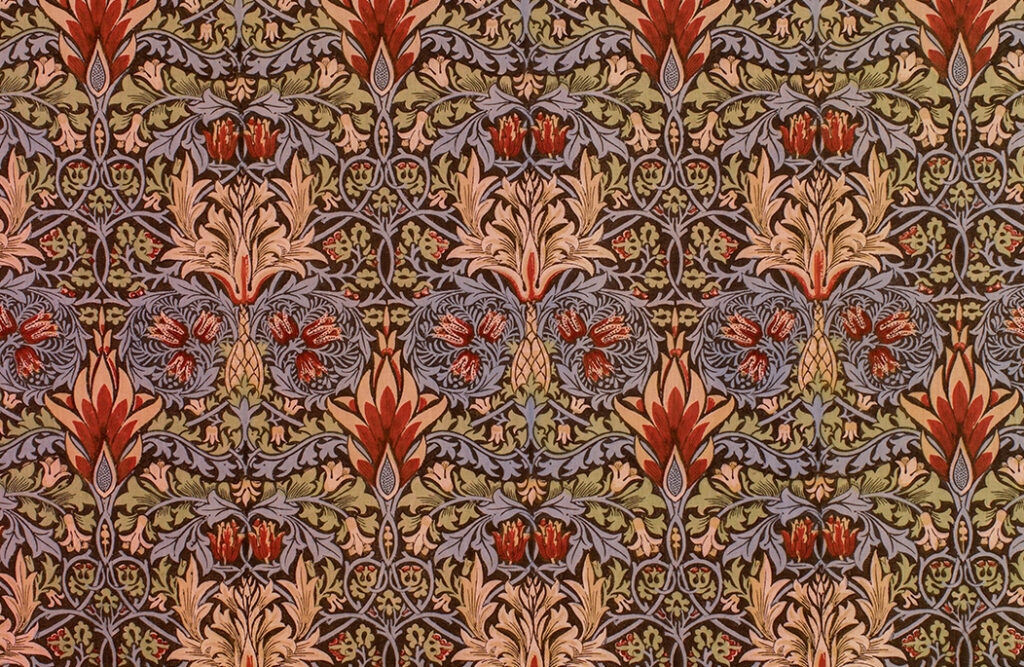
William Morris, the Brotherhood and Arts & Crafts
Morris was born in Walthamstow, Essex, in the years leading up to the Victorian era on 24th March 1834. He came under the influence of medievalism while studying Classics at Oxford University. While there, he joined the Birmingham Set, also known as The Brotherhood, a group of students who inspired the Arts and Crafts movement which had a massive impacte on the way Victorians decorated their homes.
After university, William Morris married artist Jane Burden and developed close friendships with Pre-Raphaelite artists Edward Burne-Jones and Dante Gabriel Rossetti, as well as with Neo-Gothic architect Philip Webb.
Webb and Morris designed Red House in Kent where Morris lived from 1859 to 1865, before moving to Bloomsbury in central London.
In 1861, William Morris founded the Morris, Marshall, Faulkner & Co. decorative arts firm with Burne-Jones, Rossetti, Webb. The firm became highly fashionable for furniture and stained glass windows. In 1875, he assumed total control of the company, which was renamed Morris & Co.
Morris rented the rural retreat of Kelmscott Manor, Oxfordshire, from 1871 while also retaining a main home in London. During this period, he was influenced by visits to Iceland and he produced a series of English-language translations of Icelandic Sagas.
He also achieved success with the publication of his epic poems and novels. These included The Earthly Paradise, A Dream of John Ball, Utopian News from Nowhere, and the fantasy romance The Well at the World’s End.
download the full victorian homes ebook
Download Victorian Homes, a free ebook created by Adrian Flux insurance services. It is full of Victorian house facts, tips on how to create a Victorian style house — even if you live in a new-build home — and advice on where to source original Victorian and reproduction fixtures, fittings, furniture, accessories and art.
William Morris and the Socialist League
In 1877, William Morris founded the Society for the Protection of Ancient Buildings to campaign against the damage caused by architectural restoration.
He also embraced Marxism and was influenced by anarchism in the 1880s and became a committed revolutionary socialist activist. He founded the Socialist League in 1884.
Morris, who died on 3rd October 1896, is recognised as one of the most significant cultural figures of Victorian Britain.
He was best known in his lifetime as a poet, though he posthumously became better known for his designs. The William Morris Society, founded in 1955, is devoted to his legacy.
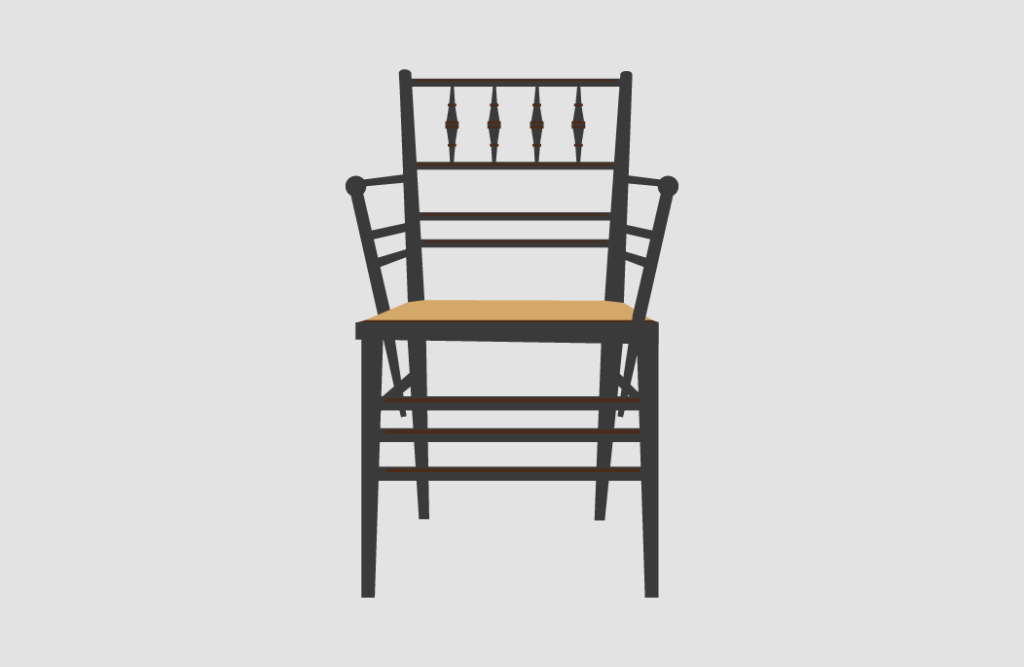
Places to see William Morris’s handywork
Many of the buildings associated with Morris’s life are open to visitors and much of his work can be found in art galleries and museums. Many of his textile, wallpaper, stained glass and tile designs are still in production.
The William Morris Gallery is in Walthamstow and the William Morris Society is based at Morris’s final London home, Kelmscott House.
The former “green dining room” at the Victoria and Albert Museum is now its “Morris Room” and The Old Library in the Oxford Union is decorated with his murals.
Wightwick Manor in the West Midlands has lots of original William Morris wallpapers, fabrics, carpets, and furniture, art and embroidery, De Morgan tiles, and Pre-Raphaelite works of art.
Standen House in West Sussex was designed by Webb between 1892 and 1894 and decorated with Morris carpets, fabrics and wallpapers.
Red House has a blue plaque commemorating Morris. It was acquired by the National Trust in 2003 and has remained open to the public. Kelmscott Manor is owned by the Society of Antiquaries of London and is also open to the public.
Get specialist house insurance for your home
Adrian Flux is a specialist insurance compnay offering bespoke cover for all period and Victorian homes. Call 0800 369 8590 got a fast and hassle-free quote.
Our home insurance customers saved an average of 31% in 2021 when taking out a policy with us. See how much you could save by giving us a call.
